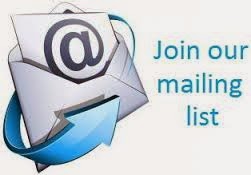 March 25th is National Ag Day, a time when producers, agricultural associations, corporations, universities, government agencies, and countless others across America gather to recognize and celebrate the abundance provided by American agriculture.
March 25th is National Ag Day, a time when producers, agricultural associations, corporations, universities, government agencies, and countless others across America gather to recognize and celebrate the abundance provided by American agriculture.This year's theme for National Ag Day, sponsored by the Agriculture Council of America, is "365 sunrises and 7 billion mouths to feed." American farmers are working harder than ever, and it shows! Today, each American farmer feeds more than 144 people. And, the need for food produced in the United States is dramatic. Agriculture is the nation's #1 export and vitally important in sustaining a healthy economy.
As the world population soars, there is even greater demand for food, fiber, and renewable resources produced in the United States.
The National Ag Day program believes that every American should:
- Understand how food, fiber, and renewable resource products are produced.
- Value the essential role of agriculture in maintaining a strong economy.
- Appreciate the role agriculture plays in providing safe, abundant, and affordable products.
- Acknowledge and consider career opportunities in the agriculture, food, fiber, and renewable resource industries.
Ag Day is a good time to reflect - and be grateful for - American agriculture! It's a teachable moment. Consider holding your own Ag Day event, write a letter to the editor about the importance of agriculture, create a public service announcement, or even reach out to your local schools and educate youth about agriculture. We are finding more and more that consumers want to know where their food comes from. This event creates a great opportunity to open the door to consumers in educating them about the farmers that produce the food they eat.
2014 marks the 41st anniversary of Ag Day, so make it a tradition in your community and use it as a marketing and promotional tool for your agribusiness!



